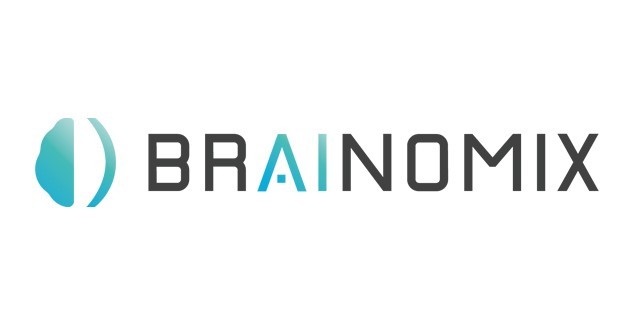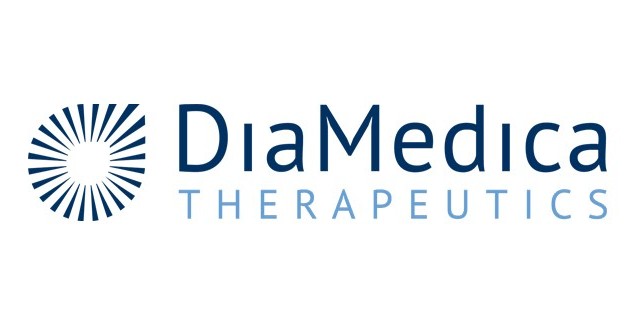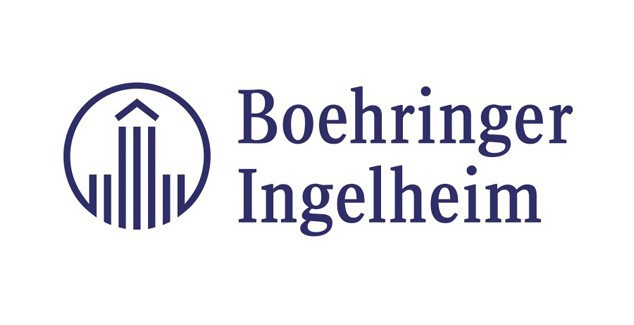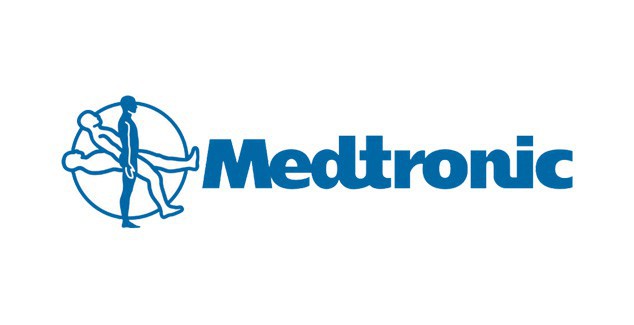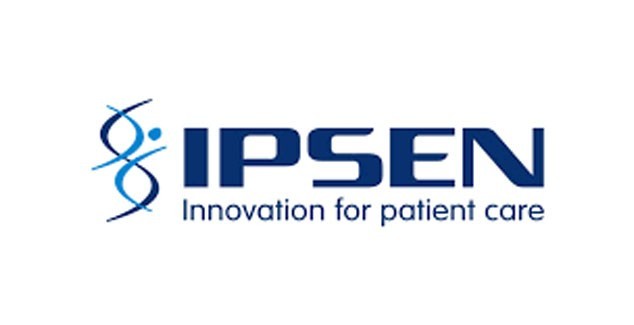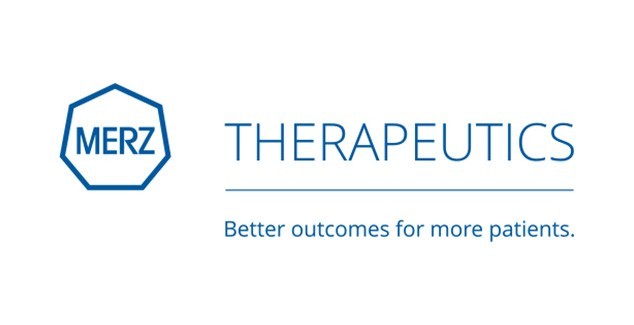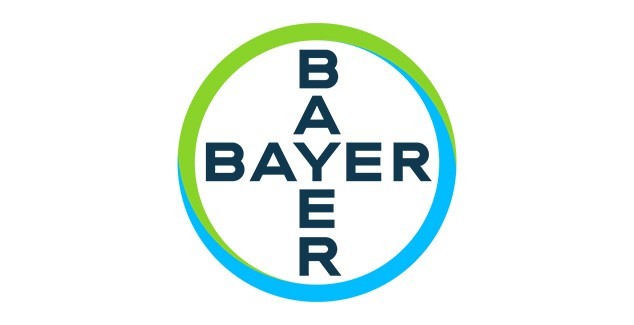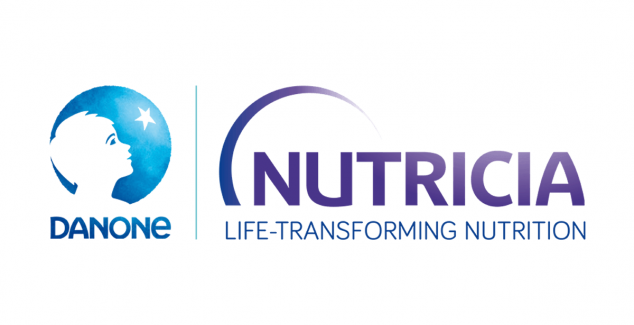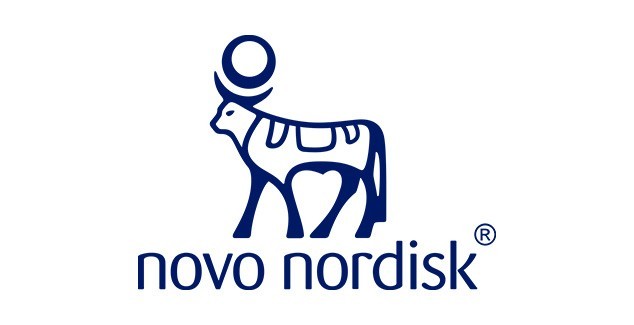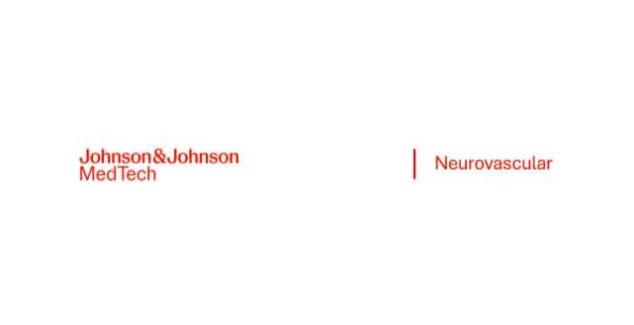CVST is a type of blood clot that forms in the venous sinuses of your brain and can cause blood cells to break and leak into brain tissue. It is a rare disorder that currently accounts for 1-2% of stroke worldwide. CVST is more common in women, as it was in the reported cases following J&J and Astra Zeneca vaccination.
While the population risks from COVID vaccination, are outweighed by the benefits of vaccination, including the reduced risk of COVID-related stroke, the World Stroke Organization (WSO) is calling on the public and healthcare professionals to be aware of the risk factors and symptoms of CVST and appropriate diagnosis of the disorder. It is vital that anyone with suspected CVST receives timely and appropriate neurological assessment and treatment to reduce the risk of severe disability and death.
Individuals who are predisposed to CVST include people with blood clotting disorders; women who are taking oral contraceptives, pregnant or post-partum; and people with pre-existing malignant disease.
The symptoms of CVST include headache, blurred vision, loss of control of movement in parts of the body, seizures, fainting, speech difficulties and confusion. Many patients present with nonspecific headaches, so any new headaches, or a change in the character of an existing headache, should not ignored where an individual has received the J&J or Astra Zeneca vaccine.
Diagnosis of CVST requires specialist neurological examination of suspected patients. Brain imaging can be used to confirm the presence of a blood clot or hemorrhage, both of which can occur with CVST. Once a diagnosis has been made, treatment with a blood thinning medication is usually started.
WSO is monitoring emerging evidence and will provide further guidance as details about the CVST cases associated with COVID 19 vaccination emerge.

 Member login
Member login
